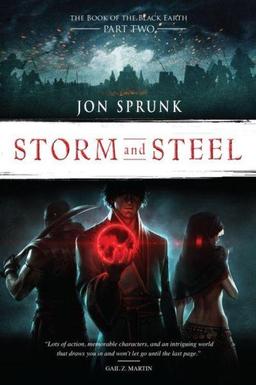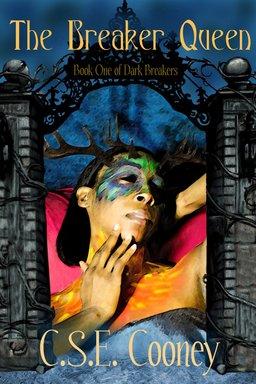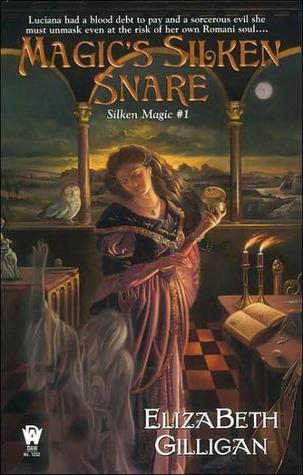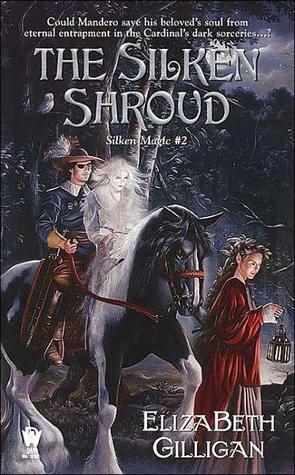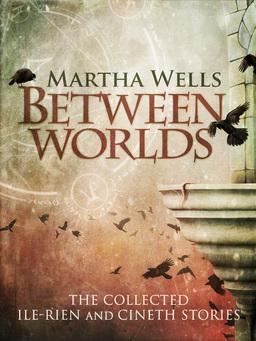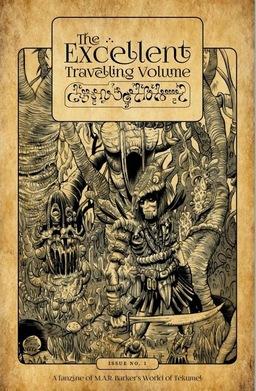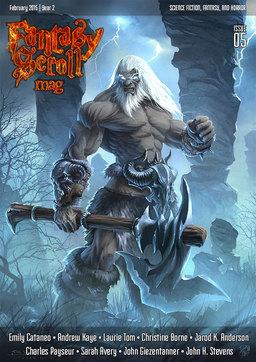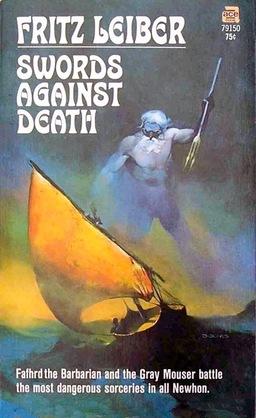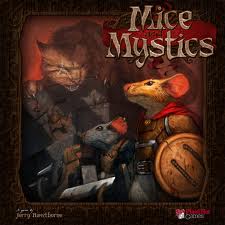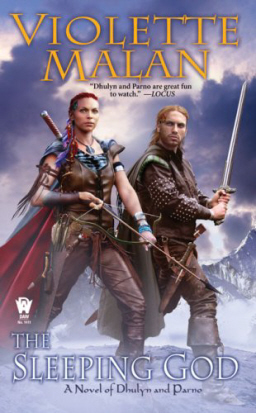A World With Larger Teeth and Sharper Claws: Marie Bilodeau’s Nigh, the First Great Serialized Novel of 2015
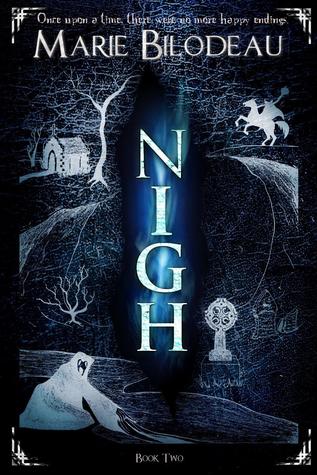 |
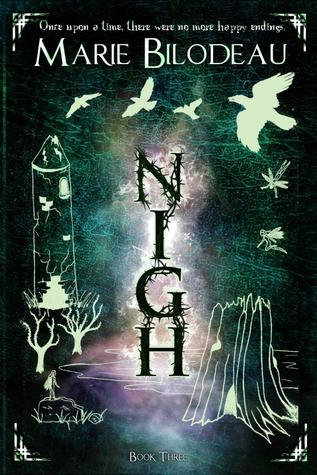 |
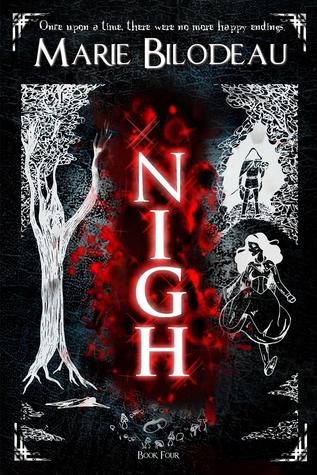 |
Back in January I told you about Nigh, Book One, the first installment in a terrific new serialized fantasy novel from Marie Bilodeau, the author of the Heirs of a Broken Land trilogy. New chapters have arrived every month since, and there are now four full installments available. The most recent, Nigh Book Four, shot up the Amazon bestseller charts the week of its release, and has been getting some great press. Here’s the description:
With the hopes of the faerie realm turned to dust, Alva Viola Taverner and Hector Henry Featherson strike the final blow to the veil between worlds, shattering it and returning them to the human realm. But one hundred years has passed for humanity, and things have changed. The world awaiting them now bears larger teeth and sharper claws, and it hungers for much more than their lives.
Marie’s space fantasy Destiny’s Blood was nominated for the Aurora Award, and she blogs here at Black Gate every second Friday. Nigh, Book 4 was published on May 7 by S&G Publishing. It is 57 pages, priced at 99 cents. It’s available at Amazon.com, B&N.com, and other fine digital bookstores.
